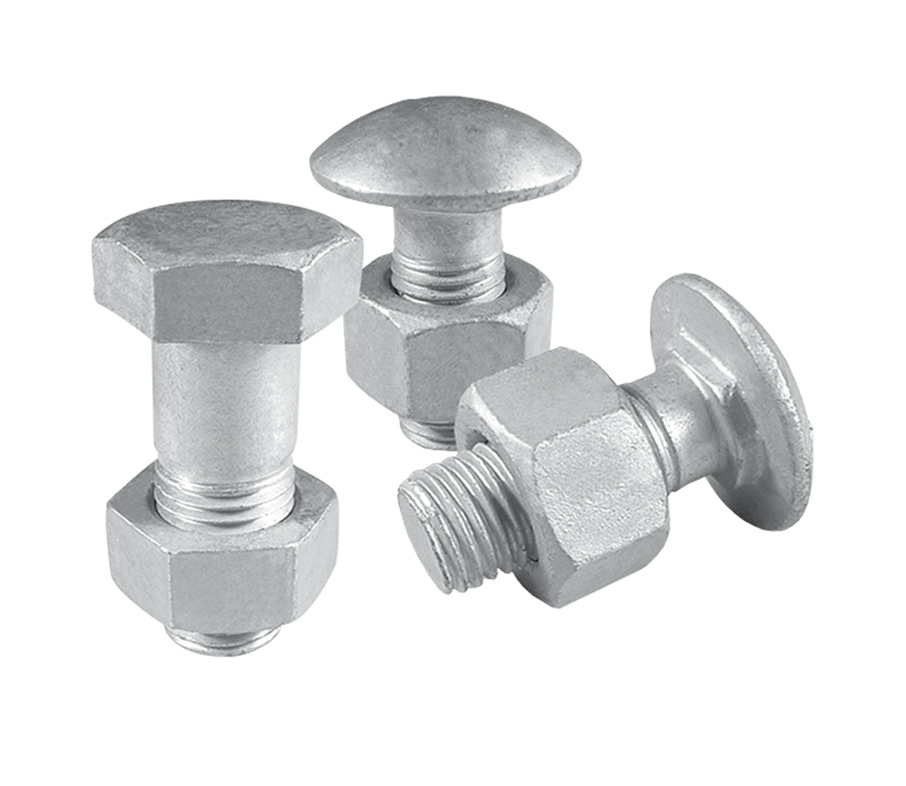Introduction to RP technology and forming in rapid prototyping machines (high-speed prototyping machines)
Time:
Dec 26,2020

Introduction to RP Technology
Rapid Prototyping technology, also known as Rapid Forming technology (abbreviated as RP technology);
In English: RAPID PROTOTYPING (abbreviated as RP technology), or
RAPID PROTOTYPING MANUFACTURING, abbreviated as RPM.
Rapid Prototyping (RP) technology is an advanced manufacturing technology developed in the 1990s, serving as a key common technology for new product development in manufacturing enterprises. It plays a positive role in promoting product innovation, shortening the new product development cycle, and enhancing product competitiveness. Since the advent of this technology, it has been widely applied in the manufacturing industries of developed countries, giving rise to an emerging technological field.
RP technology has been developed based on modern CAD/CAM technology, laser technology, computer numerical control technology, precision servo drive technology, and new material technology. Different types of rapid prototyping systems vary in forming materials, forming principles, and system characteristics. However, their basic principle is the same, which is "layered manufacturing, layer by layer accumulation," similar to the process of integration in mathematics. Figuratively speaking, a rapid prototyping system is like a "3D printer."
The advantages of RP technology are evident: it can directly accept product design (CAD) data and quickly manufacture new product samples, molds, or models without the need to prepare any molds, tools, or fixtures. Therefore, the promotion and application of RP technology can significantly shorten the new product development cycle, reduce development costs, and improve development quality. The shift from traditional "subtractive methods" to today's "additive methods," from mold-based manufacturing to mold-less manufacturing, represents the revolutionary significance of RP technology for the manufacturing industry.
How is it specifically formed?
A figurative analogy: the rapid prototyping system is equivalent to a "3D printer." It can quickly and directly achieve single-piece production of parts without any tools, molds, or fixtures. Depending on the complexity of the parts, this process generally takes 1 to 7 days. In other words, RP technology is a technology for quickly and directly manufacturing single parts.
Technical Support





